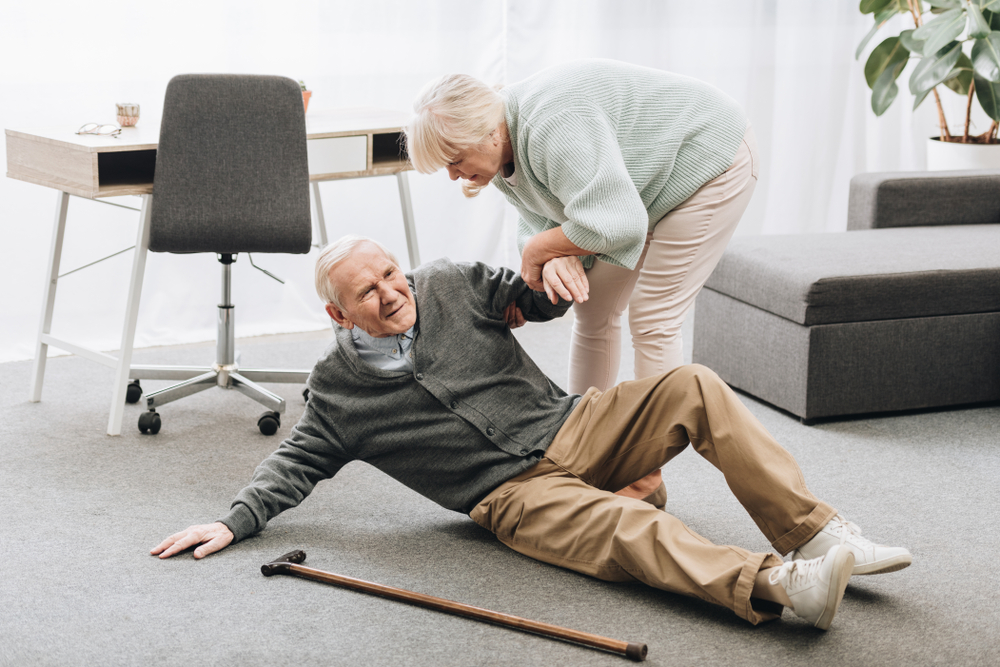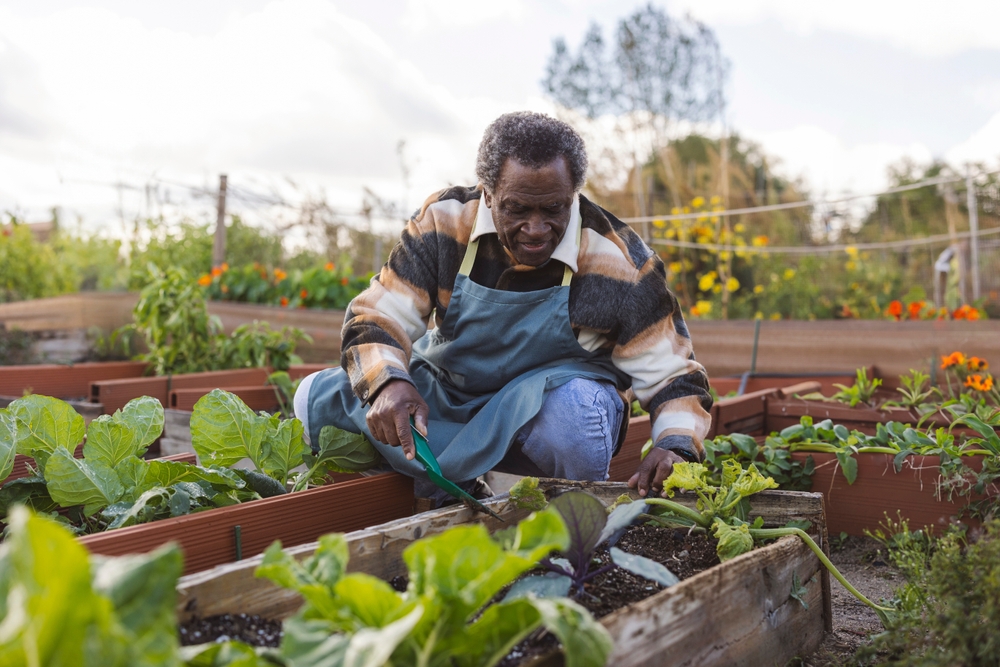Make an Appointment
Understanding Quality of Life in Aged Care
A truly high quality of life in aged care arises when rigorous clinical safety merges with deep respect for each person’s autonomy, meaning and relationships. Quality of care ensures residents receive safe, effective and evidence-based clinical and personal support. Quality of life reflects residents’ own sense of well-being across physical, emotional, social, autonomy and environmental domains .
When services are genuinely person-centred, they honour each resident’s life story, preferences and dignity, fostering vibrant communities where older adults don’t just survive, but flourish. This requires embedding the Aged Care Quality Standards into every aspect of daily practice, underpinned by continuous feedback and improvement.

What Is Quality of Care & Life in Aged Care?
Quality of Care
Every clinical and personal interaction should prioritise safety, effectiveness and respect:
- Clinical Governance & Leadership: A clear framework of accountability, leadership committees and regular audit cycles drive consistency and improvement .
- Evidence-Based Protocols: Standardised pathways for high-risk conditions (dementia, falls, pressure injuries) reduce variation and uphold best practice.
- Medication & Infection Control: Electronic MAR with barcode scanning, pharmacist-led reviews, immunisation programs and stringent hygiene protocols prevent harm.
- Dignified Personal Care: Respectful assistance with ADLs: bathing, dressing, toileting, tailored to individual routines and delivered to preserve privacy and comfort.
Quality of Life
Residents’ own perceptions of well-being span five interrelated domains :
Physical Health & Comfort
- Pain & Symptom Management: Routine assessments with validated pain scales (e.g., Pain Check), combined pharmacological and non-drug therapies (heat, massage, physiotherapy).
- Mobility & Function: Individualised physiotherapy and exercise physiology programs: strength, balance, gait training, to sustain independence and reduce hospitalisations .
- Nutrition & Hydration: Dietitian-designed menus, fortified meals and mealtime assistance to maintain weight and muscle mass.
Psychological & Emotional Well-Being
- Mental Health Services: On-site counsellors, pastoral care and mindfulness groups address anxiety, depression and grief.
- Cognitive Engagement: Memory cafés, reminiscence therapy, gentle brain games and storytelling sessions reinforce identity and mental vitality.
Social & Community Connection
- Family & External Links: Flexible visiting, family-inclusive events and digital video-call facilities keep bonds strong.
- Group Activities: Culturally relevant music, art, gardening and intergenerational programs spark purpose and companionship.
Autonomy & Choice
- Resident-Led Care Plans: Ongoing goal-setting sessions where residents choose therapies, meals, daily schedules and recreational interests.
- Risk-Enabling Practices: Safe frameworks for residents to take chosen risks, independent garden strolls, communal cooking, bolstering self-worth.
Environmental & Cultural Fit
- Home-Like Spaces: Private or small-group rooms with personal décor; accessible outdoor areas for fresh air and exercise.
- Sensory & Cognitive Aids: Colour-coded signage, memory paths, quiet sensory-reduction nooks and culturally tailored spaces for spiritual practices.
Integrating both clinical excellence and these life-quality domains ensures aged care truly enriches residents’ lives.
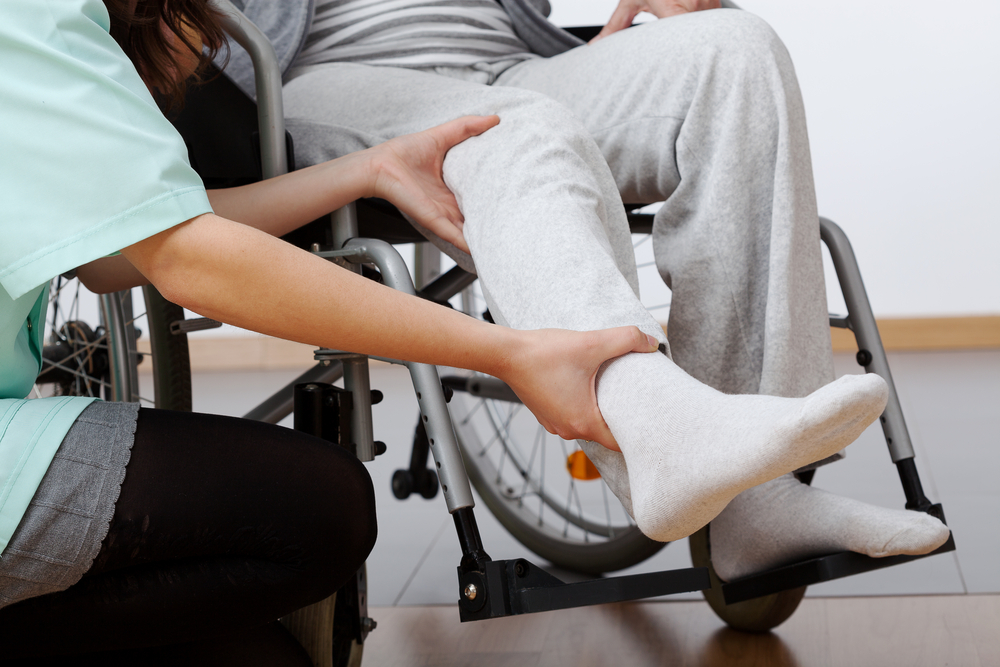
How Would You Ensure Quality of Care in Aged Care?
A. Robust Governance & Leadership
- Quality & Safety Committees: Include executive leadership, clinical leads, allied-health reps and resident/family advocates to review data, incidents and improvement plans.
- Policy Frameworks: Clear procedures for care escalation, incident management and staff competencies.
B. Evidence-Based Clinical & Personal Practices
- Standardised Care Pathways: For dementia, diabetes, falls, pressure injuries, ensuring every resident benefits from proven interventions.
- Allied-Health Integration:
- Physiotherapy & Exercise Physiology: Customised strength/balance circuits, aquatic therapy and mobility aids to reduce falls and maintain function.
- Occupational Therapy: Environmental modifications (grab rails, adaptive utensils), ADL retraining and cognitive support.
- Speech Pathology: Swallowing safety protocols, communication aids and cognitive-communication therapy.
C. Proactive Risk Management
- Falls Prevention:
- Biannual assessments (Timed Up & Go, Berg Balance), environmental audits, hip protectors and supervised exercise programs.
- Pressure Injury Prevention:
- Daily Braden Scale screenings, specialist mattresses, repositioning schedules and wound-care teams.
- Medication & Nutrition Safety:
- eMAR with pharmacist-led reviews and MUST (Malnutrition Universal Screening Tool) screenings with dietitian involvement for score ≥ 2.
D. Resident & Family Partnership
- Co-Design of Care: Involve residents/families in CHA development, goal-setting and quarterly reviews to ensure plans reflect personal values.
- Feedback Loops: Real-time surveys, resident councils and family forums with formal action-tracking and reporting back.
E. Continuous Quality Improvement (CQI)
- KPI Monitoring: Track falls rate, pressure injuries, unplanned weight loss and hospital transfers monthly to guide interventions .
- PDSA Cycles: Pilot small changes (e.g., new dining layout), evaluate outcomes and scale successes.

What Are the Standard 3 Requirements for Aged Care Quality?
Standard 3 – Personal & Clinical Care comprises six interlocking elements:
Comprehensive Health Assessments (3a.1)
- CHAs on admission and at least every six months covering physical, cognitive, nutritional and psychosocial status, with multidisciplinary input and SMART goals.
Individualised Care Planning (3a.2)
- Resident-led plans documenting preferences, with automatic allied-health referrals triggered by assessment flags and quarterly reviews.
Safe, Effective Care Delivery (3a.3)
- Evidence-based clinical pathways, mandatory staff competencies and real-time audit of practice adherence.
Proactive Clinical Risk Management (3b)
- Falls: risk screenings, environment adaptations, strength/balance classes.
- Pressure Injuries: Braden Scale, specialist surfaces, repositioning logs.
- Nutrition & Medication: MUST screening, pharmacist review, eMAR.
Deterioration Detection & Escalation (3d)
- Use of early warning tools (ACEWS), clear escalation to GPs, rapid response teams or hospital.
End-of-Life & Palliative Support (3c)
- Advance Care Directives, comfort rounds, symptom management and family bereavement services.
Key Metrics:
- Falls per 1,000 resident-days
- Pressure injury incidence
- Unplanned weight loss > 5% in 30 days
- Advance Care Directive completion rate

Which Quality of Life Domains Matter Most to Older Adults in Residential Care?
1. Autonomy & Mastery
- Flexible Routines: Digital schedulers and resident portals allow self-service booking of activities, therapies and mealtimes.
- Tech-Enabled Independence: Wearable alert devices and app-based “check-in” features enable safe solo activity.
2. Meaning & Purpose
- Long-Term Projects: Personal garden plots with raised beds, digital storytelling stations to record life histories, “art-for-exhibition” programs.
- Mentorship & Volunteering: “Elder-in-Residence” roles liaising with local schools, museums or charities.
3. Connectedness & Relationships
- “Household” Models: Small group living pods (8–12 residents) foster deeper friendships, shared meals and peer support.
- Virtual Family Rooms: Dedicated spaces with accessible tech for immersive family video calls and virtual celebrations.
4. Comfort & Environmental Fit
- Sensory Gardens: Accessible gardens with raised planters, calming water features and scented plantings for therapeutic benefits.
- Memory & Wayfinding: Interactive digital signage displaying daily schedules, photo-led hall markers and personalized door cards.
5. Health & Well-Being
- “Comfort Rounds” Program: Digital checklists for hourly visits assessing pain, mood and hydration, with automatic alerts for scores above thresholds.
- Multidisciplinary Exercise Classes:
- Balance & Gait Clinics: Small-group sessions led by physiotherapists using obstacle courses and sensory mats.
- Chair-Yoga & Tai Chi: Low-impact group exercises to enhance flexibility, mood and social connection.
- Adaptive Dining Experiences: Rotating cultural cuisines, chef-resident cook-alongs, and mealtime “conversation starters” cards to spark engagement.
By continuously surveying residents, through brief electronic “pulse” checks, council meetings and informal check-ins, and tailoring programs in real time, homes ensure these domains remain vibrant and relevant.
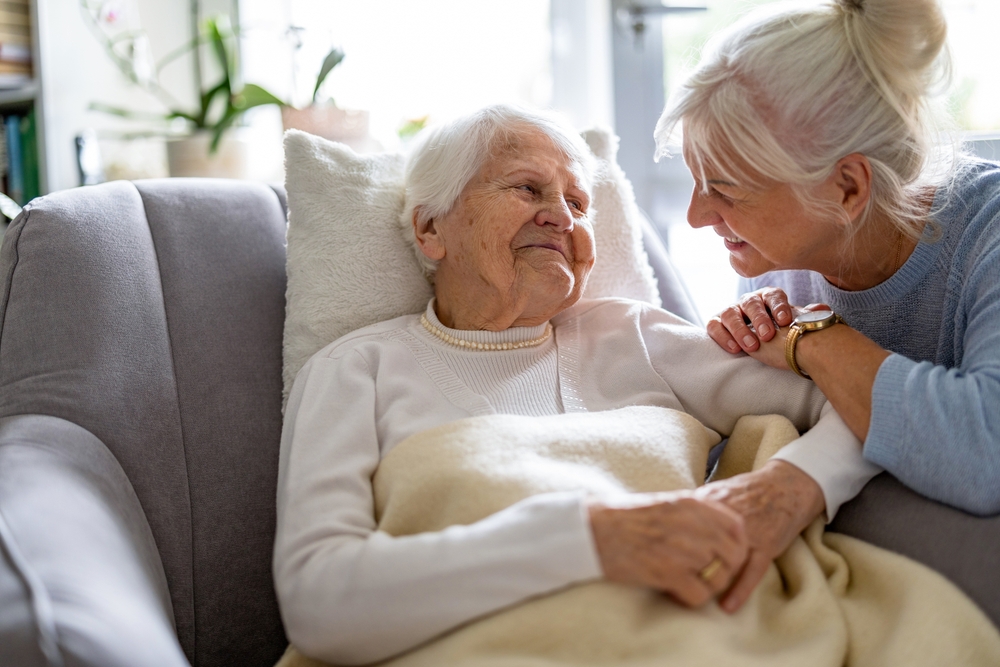
Frequently Asked Questions (FAQs)
Q1: How do homes measure quality of life?
Through validated self-report scales (e.g., QoL–AD), satisfaction surveys, participation metrics in chosen activities and qualitative feedback in council meetings.
Q2: How often are Quality Standards audited?
Formal site reviews by the Aged Care Quality & Safety Commission occur every three years, supplemented by unannounced visits and thematic audits.
Q3: How do allied-health services enhance life quality?
Physiotherapy reduces pain and falls; Occupational Therapy adapts tasks/environments for independence; Speech Pathology supports communication/swallowing; Exercise Physiology fosters fitness and social interaction, each reinforcing autonomy and well-being.
Q4: What questions should families ask?
Review Commission ratings and KPI data; tour living spaces; meet staff and residents; ask about personalization options, allied-health integration and resident engagement processes.
Q5: How can residents raise concerns?
Use in-house feedback systems, contact the Commission’s helpline (1800 951 822) or engage advocacy via OPAN to ensure voices are heard and acted upon.

High quality of life in aged care merges clinical excellence with respect for autonomy, purpose, relationships and comfort. By rigorously applying Standard 3, embedding allied-health collaboration and centring services on residents’ priorities, providers create nurturing communities where older adults truly thrive.
Next Steps:
- Check Provider Performance: Visit the Aged Care Quality & Safety Commission website for ratings and Indicator data.
- Personalise Allied-Health Support: Book in-home, in-clinic or online sessions with Physio Inq to tailor physiotherapy, occupational therapy, speech pathology and exercise physiology.
- Engage & Advocate: Join resident or family councils to share feedback and co-design ongoing improvements.
Call 1300 731 733 or book online to explore our services and ensure your loved one enjoys the highest quality of life.
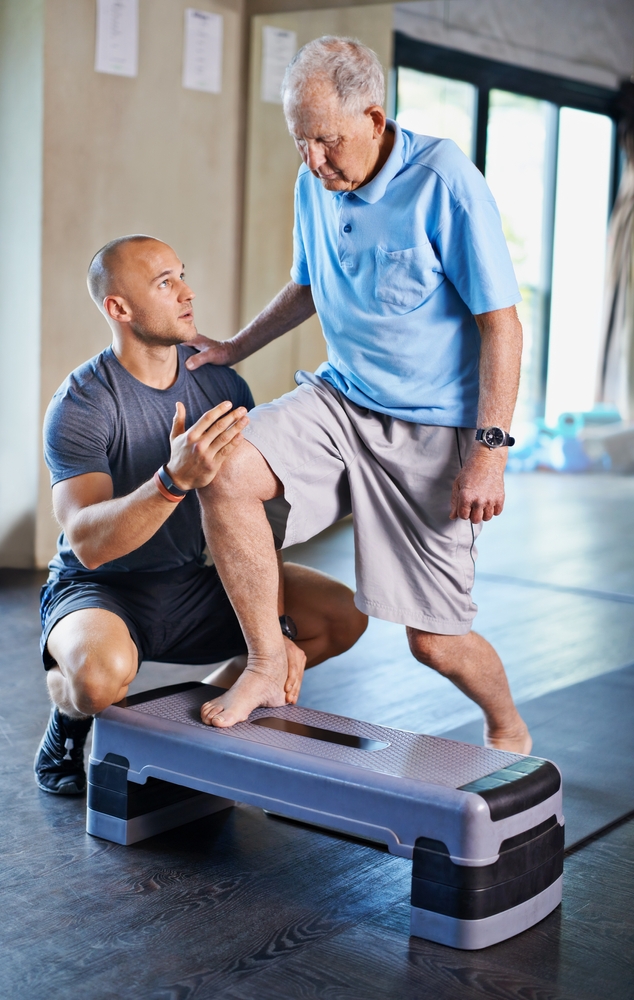
Date Published: Friday, June 6, 2025
Locate a Aged Care Exercise Physiology
Service Near me
Get the experience & convinence you deserve to support your or a loved one's allied health needs.
Our Aged Care Exercise Physiology team are currently serving & taking appointments in the following states and regions in Australia:
Need to get into direct contact with ur Client Services team? We're all ears. Call our team directly on 1300 731 733




